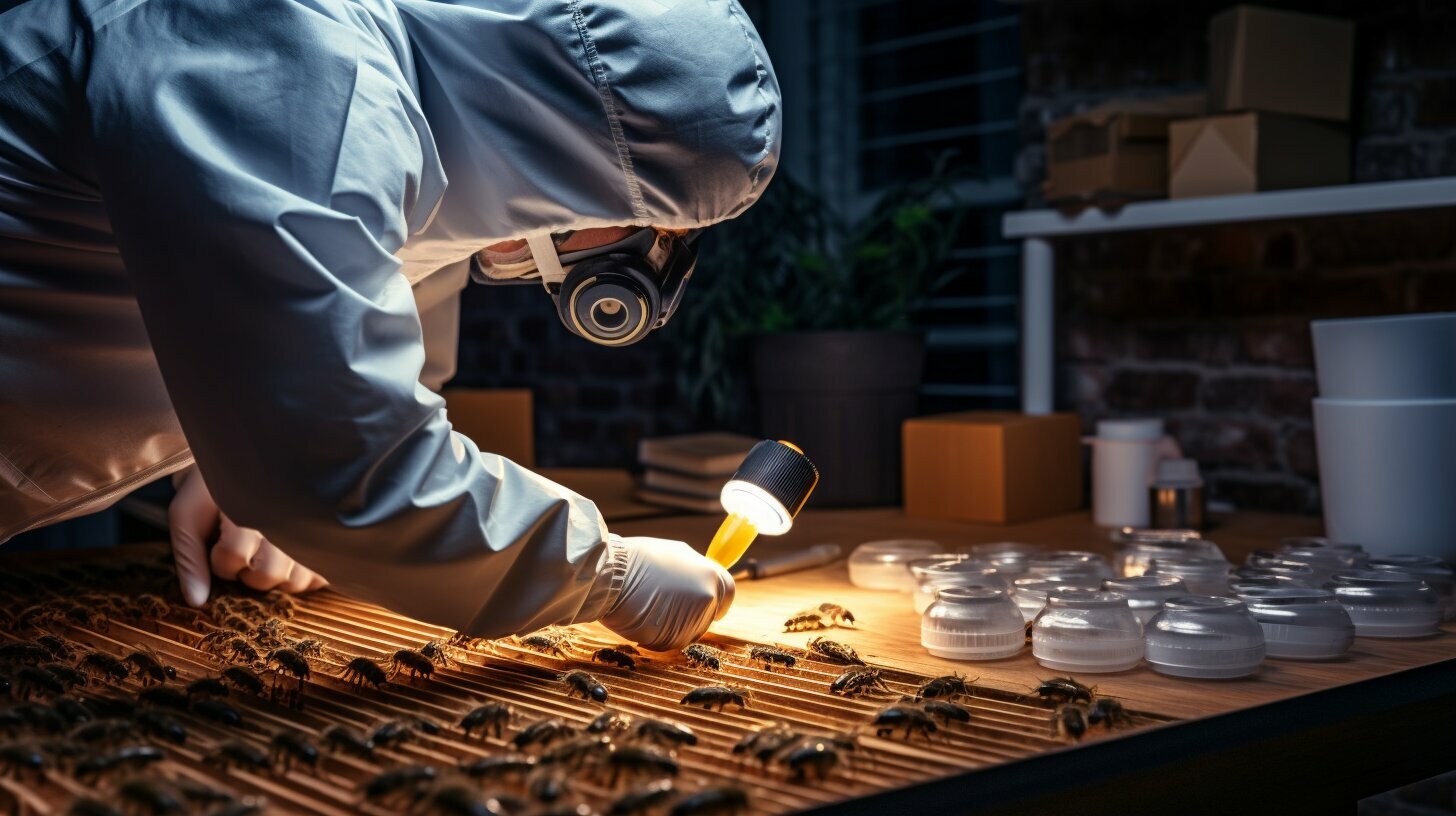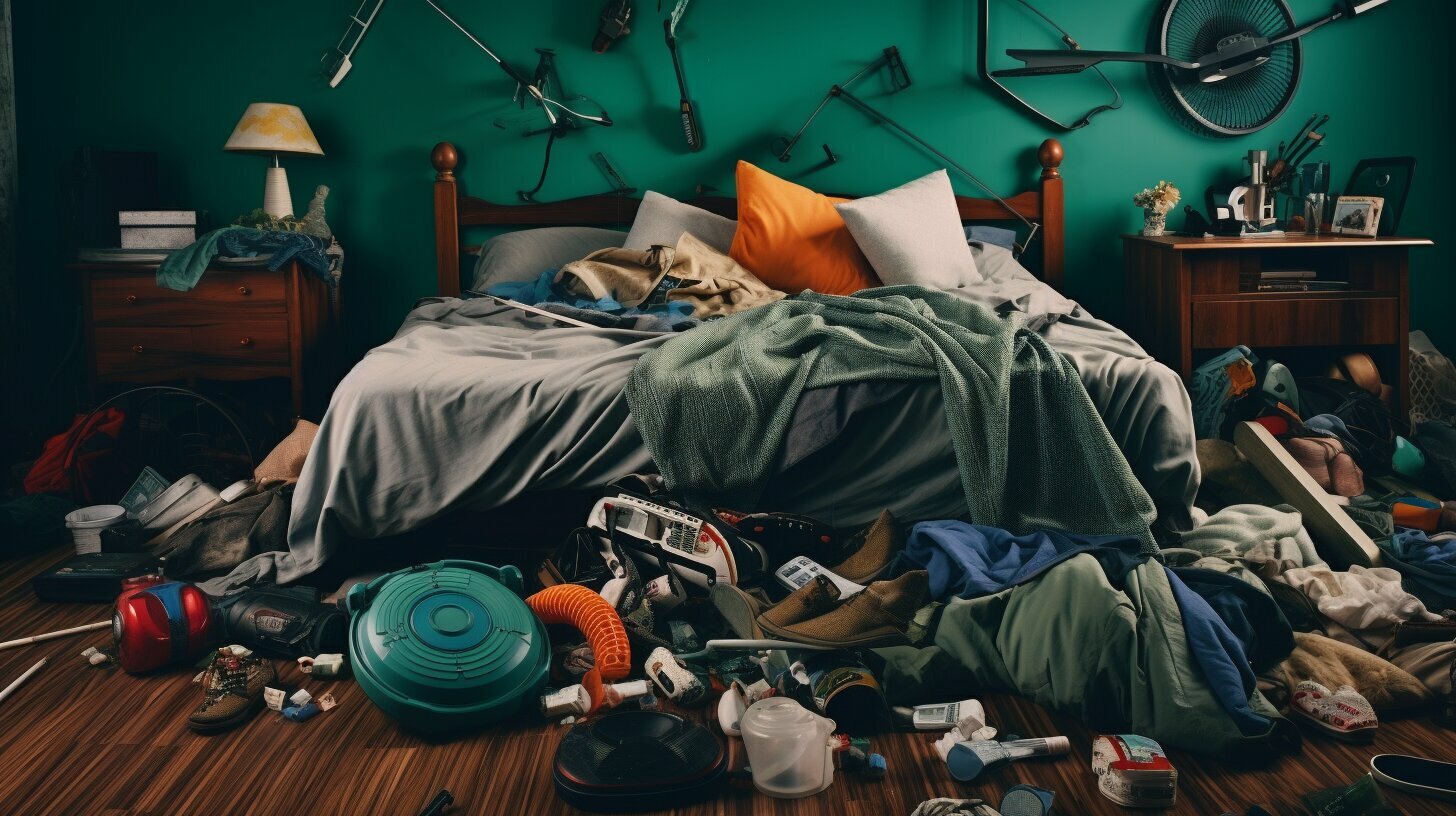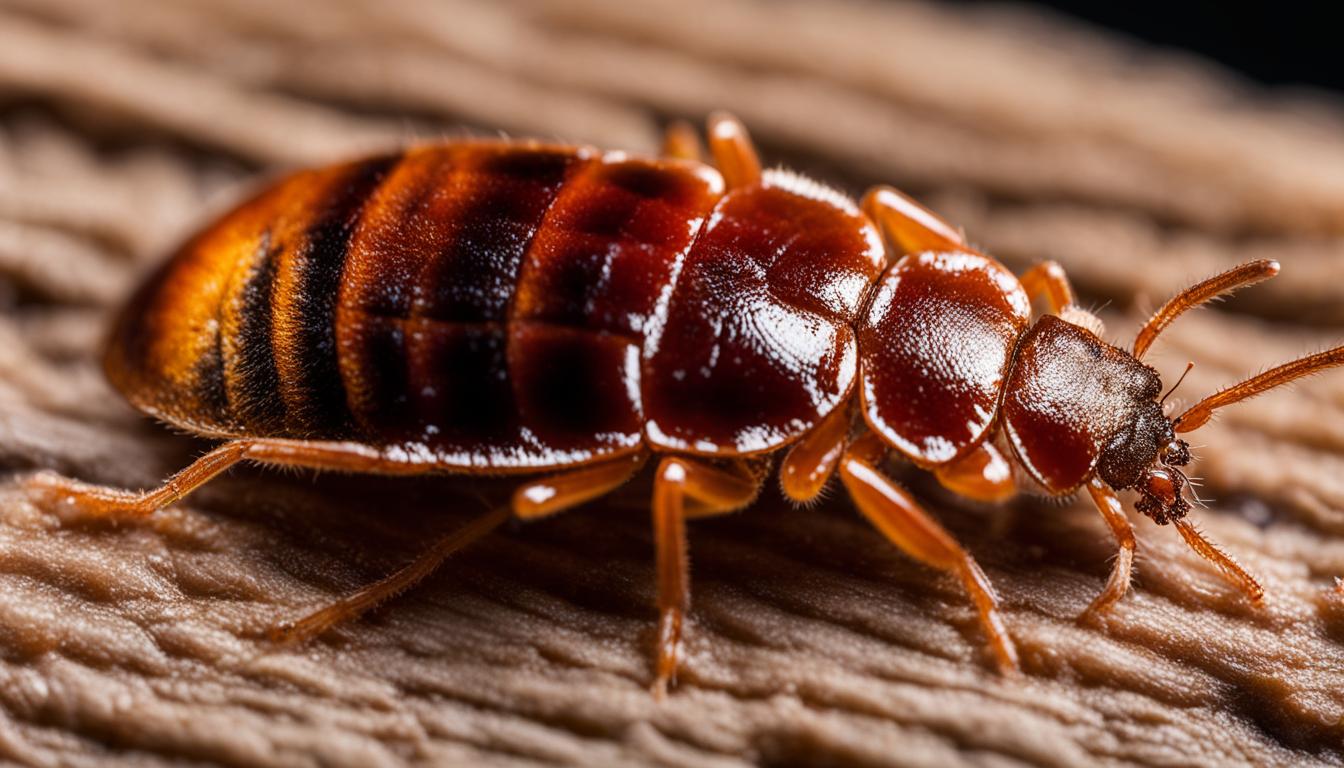
Bed Bug Prevention
Bed Bug Prevention is key to maintaining a peaceful and hygienic home. This ultimate guide shows you how to detect, stop, and eliminate bed bugs using proven methods.
Key Takeaways
- Use Integrated Pest Management for non-chemical and effective control
- Regular inspection helps detect infestations early
- Decluttering and sealing cracks reduce hiding spots
- Professional help ensures long-term success in severe cases
Understanding Integrated Pest Management (IPM)
Integrated Pest Management (IPM) is not just a buzzword—it’s the gold standard in bed bug prevention strategies. IPM emphasizes a comprehensive approach combining smart prevention techniques, accurate monitoring, and strategic interventions to keep bed bugs at bay with minimal chemical use. The goal? Long-term effectiveness and reduced risks to your health and home.
Key elements of IPM include:
- Thorough assessments: Identifying the scope and source of infestation
- Preventive action: Modifying the environment to make it less hospitable for pests
- Targeted treatments: Employing heat, steam, and when necessary, minimal pesticide applications
- Ongoing monitoring: Using traps and inspections to prevent recurrence
By combining these elements, IPM makes bed bug prevention more sustainable and less disruptive to your daily life. Think of it as setting up a defense system for your bedroom—one that’s smarter, not harsher.

Inspection and Monitoring
Spotting bed bugs early can make all the difference. These elusive pests are masters at hiding, which is why consistent, careful inspections are crucial. Start by checking the seams and corners of your mattress and box spring. Lift the mattress and look underneath, especially around the headboard area—this is bed bug HQ in most bedrooms.
Look for telltale signs like:
- Reddish-brown stains: Crushed bugs or dried blood
- Dark fecal spots: Often appear like tiny ink dots on fabric
- Shed exoskeletons: As bed bugs grow, they molt, leaving behind their old shells
- White eggs: About the size of a pinhead, found in crevices
Use bed bug interceptors—small plastic traps that fit under furniture legs—to monitor movement over time. A weekly check-up takes only a few minutes but can save you from a major infestation.

Consistent monitoring gives you peace of mind and the opportunity to act swiftly at the first sign of trouble.
Clutter Reduction and Environmental Modification
Bed bugs love clutter like we love cozy blankets—except their idea of cozy includes undisturbed piles of clothes, stacks of books, and overflowing under-bed storage. The more clutter, the more hiding places. Decluttering is a simple yet powerful act of bed bug prevention.
Here’s how to streamline your space:
- Clear under the bed: Use sealed bins instead of open containers or cardboard boxes
- Organize closets: Store off-season clothes in vacuum-sealed bags
- Eliminate unused furniture: Bed bugs can live undetected in old chairs and nightstands
- Vacuum regularly: Focus on baseboards, furniture legs, and room corners
Sealing cracks in walls, floorboards, and bed frames with caulk removes entry points. Even electrical outlets and loose wallpaper can become secret doorways for these pests.

A cleaner, more open room reduces stress—and reduces hiding places for unwelcome guests.
Sealing Cracks and Using Barriers
Think of your bedroom as a fortress. Sealing cracks and installing barriers is like strengthening the castle walls. Bed bugs can slip through tiny crevices in baseboards, wall joints, and even behind picture frames.
- Apply caulk: Along baseboards, window frames, and wall joints
- Install door sweeps: On bedroom doors to block hitchhikers from other rooms
- Use mattress encasements: Special zippered covers keep bugs in—and out
- Move furniture slightly from walls: Limit travel routes for crawling bugs
Mattress encasements are especially effective. Look for versions labeled “bed bug proof” with reinforced seams and zippers.
Non-Chemical Control Methods
Non-chemical methods are both family- and eco-friendly, making them a top choice for modern homes. Thermal and mechanical approaches can be just as effective when applied correctly.
- Steaming: A garment steamer applied to furniture seams and carpet edges kills bugs on contact
- High heat laundry: Wash all bedding, clothing, and plush toys in hot water (130°F or above) weekly
- Freezing: Items like shoes or books can be frozen at 0°F for 72 hours
Regular Monitoring and Insecticide Treatments
Sometimes, despite your best efforts, bed bugs require reinforcements. Insecticides are a valid option—but only when used responsibly. Always opt for EPA-approved products specifically labeled for bed bugs.
- Targeted spraying: Focus only on cracks, crevices, and perimeter areas—never on sleeping surfaces
- Follow label directions: Always respect dosage and safety guidelines
- Reapply cautiously: Some infestations may need more than one treatment, spaced weeks apart
Preventing Bed Bugs During Travel
Travel is a common way bed bugs sneak into our homes. They’re the ultimate hitchhikers—clinging to luggage, jackets, and even shoes. Smart habits on the road can prevent these unwanted souvenirs.
- Inspect hotel bedding: Pull back sheets and look along seams and headboards
- Keep luggage elevated: Use the luggage rack—not the bed or floor
- Heat-dry clothes: Immediately wash and dry everything on high heat after your trip
- Vacuum your suitcase: Before bringing it into your bedroom
Learn more at The Spruce Guide.
Bed Bug Bite Prevention and Extermination
- Wash and dry bedding weekly: Hot water and heat cycles kill bugs and eggs
- Install encasements: Lock bugs inside mattresses where they can’t reach you
- Call professionals early: Delaying treatment often makes the problem worse
Working with a Pest Management Professional
- Accurate identification: Confirm whether it’s really bed bugs or another pest
- Effective treatment plans: Combine heat, vacuuming, and chemicals safely
- Follow-up monitoring: Ensure the problem doesn’t return
More tips at Real Simple and Apartment Therapy.
Proper Use of Pesticides for Bed Bug Control
- Never mix products: Combining chemicals can create toxic fumes
- Keep treated rooms off-limits: Especially for kids, pets, and people with asthma
- Ventilate well: Open windows and use fans to air out rooms post-treatment
By adopting these bed bug prevention strategies, you’ll create a cleaner, healthier bedroom environment. Stay vigilant, and enjoy peace of mind.
FAQ
How can I tell if I have bed bugs?
Check for reddish-brown stains, tiny black spots, shed skins, and white eggs in mattress seams and furniture joints. A sweet, musty odor can also be a clue.
What should I do if I spot one bed bug?
Isolate the area, wash affected bedding in hot water, use encasements and interceptors, and consult a professional if needed. Act quickly to avoid a larger infestation.
Can DIY methods eliminate bed bugs?
DIY techniques can help in early stages, but full eradication usually requires professional intervention. Don’t wait too long to seek help if results aren’t visible.
Learn more in our guide on keeping your bedroom spotless and explore bedding hygiene tips or how to protect your mattress.
